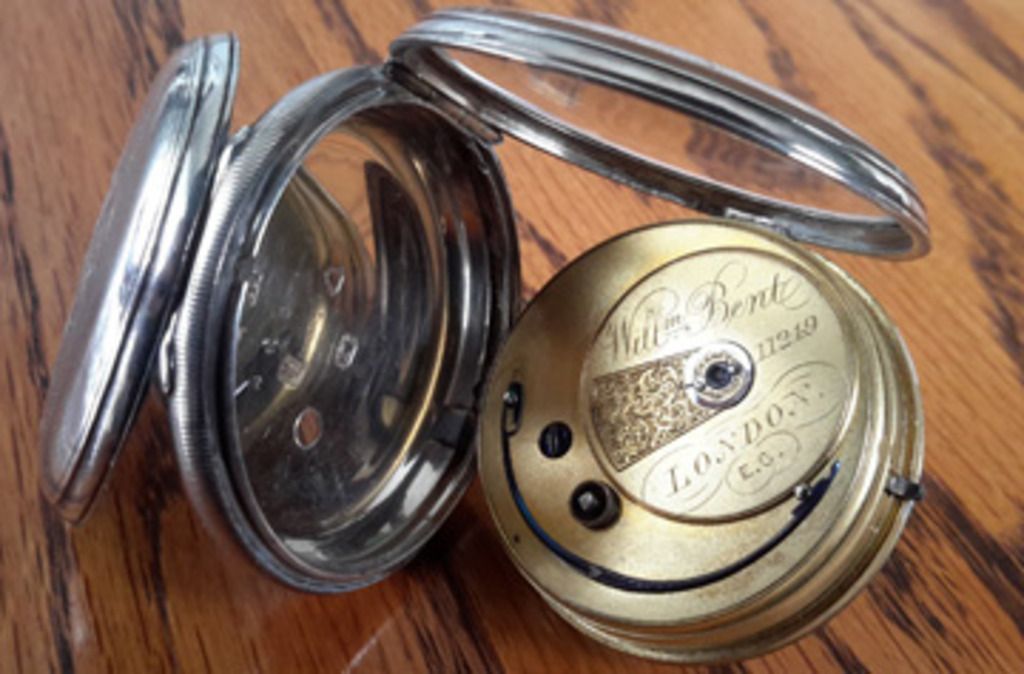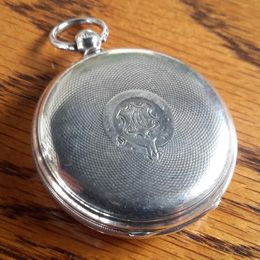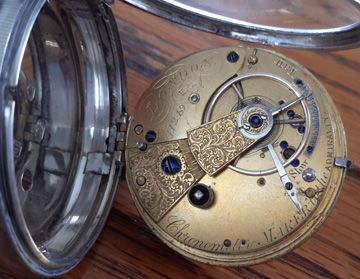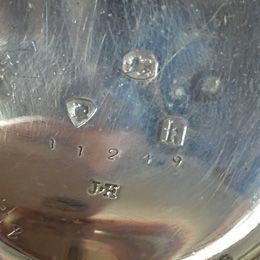...but so dissimilar in design.
William Bent serial number 16595 and serial number 16596.


Son of a shoemaker, William Bent was apprenticed to the watchmaker John Orton in Clerkenwell, which was the watchmaking capital of England in the 1800s.
These were days when every man, regardless of his station, carried a pocket watch.
The watchmaking industry was booming, the 1880 Trade Directory (which was the forerunner of the telephone book) lists thousands of tradesmen involved in the watchmaking industry in London.
During this time, America and Switzerland were both introducing mass production techniques into watchmaking, an approach that England was slow to adopt, still relying on the old method of piecework.
Without electricity, thousands of workers in their homes, each specialised in the manufacture of an individual component. Fusee chains, for example, are constructed of figure eight links, riveted together like a bike chain. The links were hand punched and riveted usually by children, because of their keen eyesight; the finished chain no thicker than a piece of string.
Therefore it would appear William Bent did not craft each watch from raw materials, neither did he have a factory employing hundreds of men.
Instead he collected the components and assembled a watch to the customer's requirements, then employing the services of independent specialists to make the case and to engrave the movement and dust cover to his specification.
This explains the disparity in the watches shown above.
Serial number 16595 is a small, full hunter, key wind, key set, silver cased pocket watch,
whereas...
serial number 16596 is a large, open face, key wind, key set, gold cased pocket watch.
William Bent serial numbers have been traced to as high as 18410 with many differing designs, whereas, Waltham USA serial numbers go to hundreds of thousands, and they are mostly identical.



